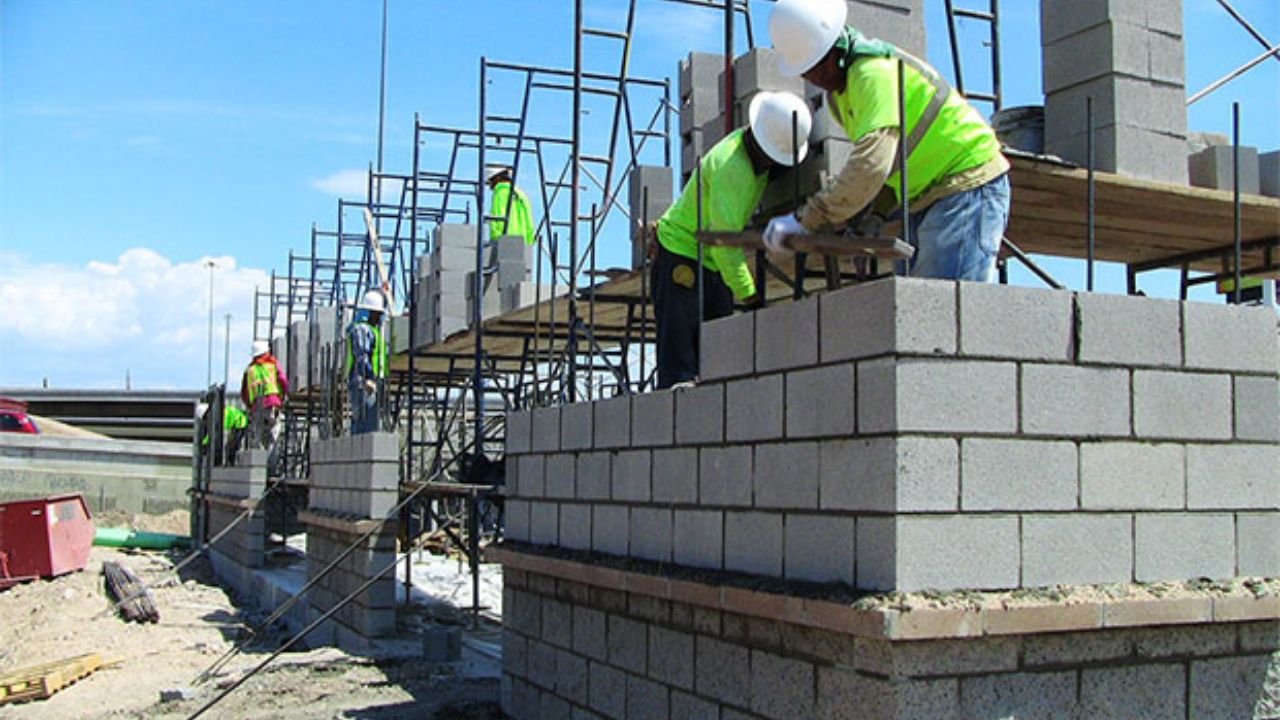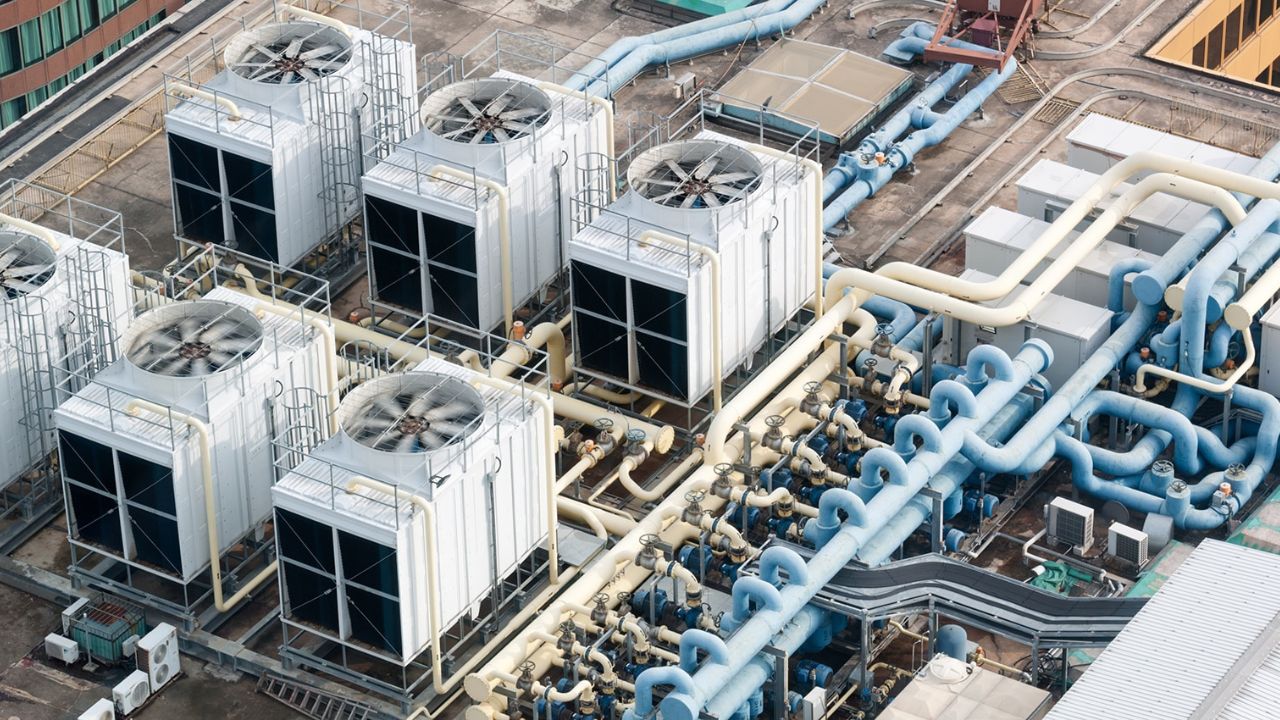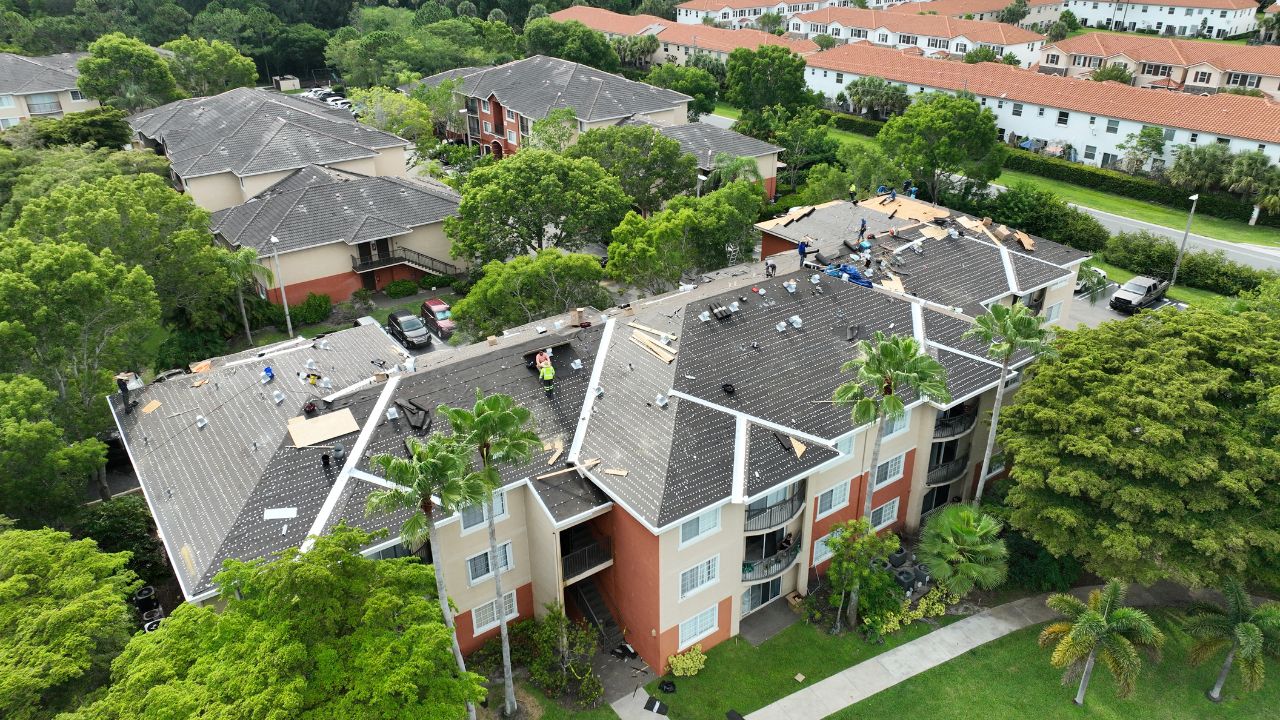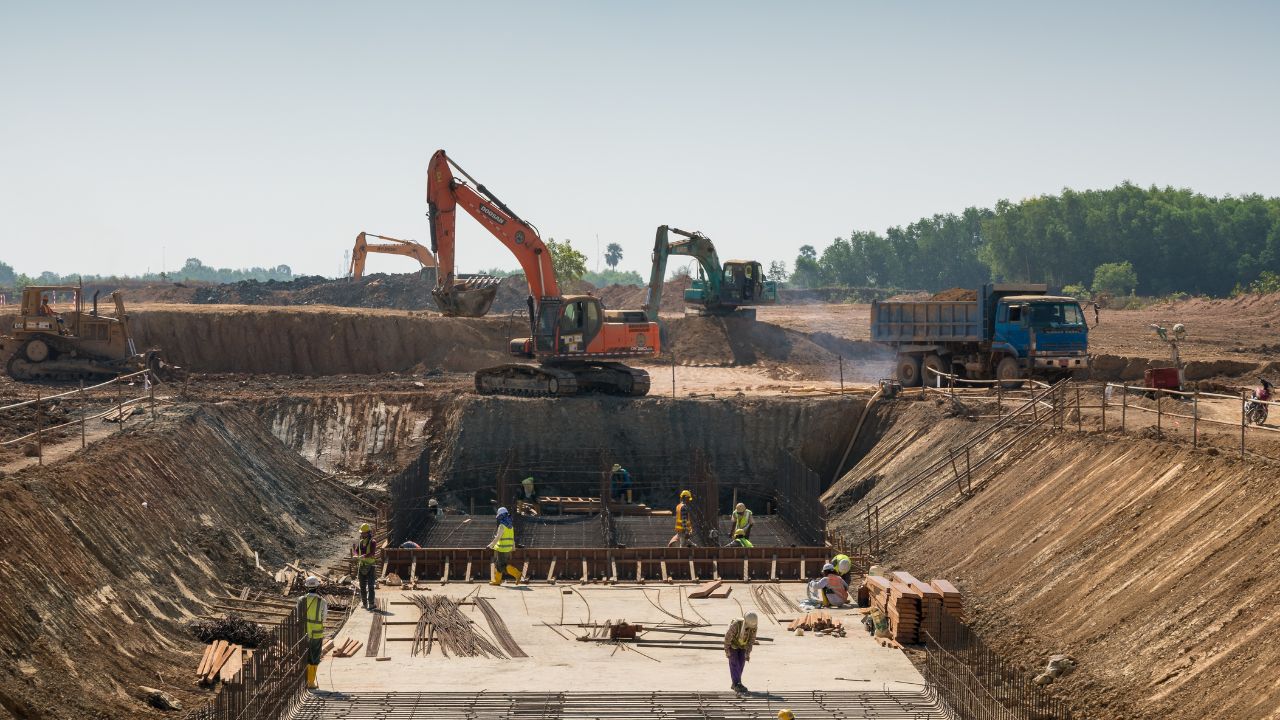- Homepage
- How Much Contingency for Construction Loan Estimate?
How Much Contingency for Construction Loan Estimate?
Leading provider of bank loan services.
When planning a construction project—whether it’s building a new home, a commercial property, or a multi-story development—securing a Construction Estimate For Bank Loan is the first and most crucial step. A detailed estimate ensures that your lender understands the true financial scope of your project. A construction loan provides the necessary funds to cover labor, materials, permits, and other project costs until completion. However, even the most carefully prepared construction estimate for bank loan must include a contingency to handle unexpected expenses. A construction contingency acts as a financial safety net, protecting your project from unforeseen costs such as material price fluctuations, labor shortages, or design changes.

Without it, you risk budget overruns, delays, or even project shutdowns. Understanding how much contingency to include in your construction loan estimate is essential for maintaining financial control, meeting lender requirements, and ensuring your project stays on schedule.
In this guide, we’ll explain how to calculate the right contingency percentage, discuss factors that influence it, and show how a professionally prepared Construction Estimate For Bank Loan from Estimate Florida Consulting can help you secure approval and protect your investment.
What is a Contingency in Construction?
A construction contingency is a budgeted amount of money set aside to cover unexpected costs that may occur during the course of a construction project. Even with meticulous planning, construction projects are inherently unpredictable. Unforeseen issues such as delays in material delivery, sudden increases in labor costs, design changes, or site-related problems can arise at any stage, making a contingency fund essential. Think of it as a financial cushion that protects your project from cost overruns and ensures that your construction can continue without interruptions.
There are generally three types of construction contingencies that project planners often consider:
- Design Contingency: Allocated for changes or updates in the design phase, such as modifications in floor plans, architectural adjustments, or aesthetic upgrades requested after initial plans are approved.
- Cost Contingency: Reserved for price fluctuations in materials, labor, or subcontractor services, which are common in today’s volatile construction market. For example, unexpected increases in lumber or steel prices can quickly inflate the original budget.
- Unforeseen Conditions Contingency: This covers hidden issues discovered during construction, like poor soil conditions, hidden structural damage, or code compliance requirements that were not initially identified.
Having a properly calculated contingency not only provides financial security but also gives lenders confidence that the project is realistically budgeted and manageable. Without a contingency, even minor unexpected costs can escalate into major financial problems, causing delays, strained relationships with contractors, and potential legal complications. For homeowners, developers, or contractors in Florida, where weather-related delays or supply chain challenges are common, having a contingency is particularly important to safeguard the project from unexpected hurdles.
Typical Contingency Percentages
When budgeting for a construction loan, one of the most common questions is: “How much contingency should I include?” While the exact amount depends on the size, complexity, and scope of the project, most industry experts recommend allocating 5% to 15% of the total construction budget as a contingency. This range provides a financial cushion for unforeseen expenses without unnecessarily inflating the loan amount.
For small residential projects, such as a single-family home or a minor renovation, a contingency of 5% to 7% of the total budget is often sufficient. These projects generally have fewer variables, limited design changes, and easier access to labor and materials. For example, on a $200,000 home construction project, a 5% contingency would equal $10,000, which can cover unexpected minor repairs, additional material costs, or small labor adjustments.
For medium-sized projects, including multi-room residential homes or small commercial properties, a contingency of 8% to 12% is recommended. These projects involve more complexity, such as multiple subcontractors, longer timelines, and higher risks of material price fluctuations. For instance, a $500,000 commercial construction project with a 10% contingency would set aside $50,000 to address any unplanned expenses, ensuring the project continues without disruption.
For large-scale projects, such as multi-story buildings, luxury homes, or commercial developments, a contingency of 10% to 15% or more may be necessary. Large projects carry greater risks due to multiple trades, long construction periods, and potential regulatory or design changes. On a $2 million development, a 12% contingency would equal $240,000, providing a significant buffer to handle unexpected site conditions, labor shortages, or supply chain delays.
It’s important to note that higher contingencies do not mean inefficient budgeting. Instead, they reflect a proactive approach to risk management, ensuring that both investors and lenders have confidence that the project can handle uncertainties without jeopardizing completion or quality. By understanding typical contingency percentages, project planners can make informed decisions about how much to allocate and avoid the stress of unplanned financial surprises.
Get High-Quality 3D Rendering Services Today!
Transform your space with stunning 3D Rendering that blends style, comfort, and functionality.
We Specialize in Both Residential and Commercial 3D Rendering Projects.
- Luxury Villas
- Apartment Complexes
- Modular Kitchens
- Bathrooms
- Office Buildings
- Shopping Malls
- Hospitals
- Hotels & Resorts
Factors That Influence Contingency Amount
The contingency you allocate for a construction project is not a fixed number—it depends on several factors that can increase or decrease potential risks. Understanding these factors helps you accurately estimate the right contingency for your construction loan and avoid financial surprises.
Labor Cost Fluctuations
Labor costs are one of the largest components of any construction project. Changes in labor rates, shortages of skilled workers, or overtime requirements can significantly impact your budget. For example, if a project initially budgeted for $100,000 in labor suddenly requires extra hours due to unexpected delays, having a contingency ensures you can cover the additional $5,000–$10,000 without halting construction. Labor costs can also vary regionally, so projects in areas with higher demand for skilled workers typically require a slightly higher contingency.
Material Cost Volatility
Material prices are constantly changing due to market demand, shipping costs, and global supply chain issues. Common construction materials like lumber, steel, concrete, and tiles may experience sudden price spikes, especially in Florida, where hurricanes or seasonal demand can disrupt supply. For example, if a steel order increases by 15% after your budget was set, a contingency fund can absorb the unexpected $10,000 cost for a medium-sized commercial project.
Weather and Site Conditions
Florida projects are particularly prone to weather-related delays, such as heavy rainfall, hurricanes, or extreme heat. Poor site conditions, such as unstable soil or hidden underground utilities, can also add unforeseen costs. Contingency allows you to manage delays, extra labor, or additional site preparation without affecting the overall project timeline. For instance, uncovering poor soil might require additional foundation work costing $20,000 or more for a multi-story building—costs that can be covered by a properly calculated contingency.
Design or Scope Changes
Clients often request design changes during construction, such as moving walls, upgrading finishes, or adding features. Even small modifications can lead to significant costs. Having a contingency allows flexibility to accommodate design adjustments without jeopardizing the rest of the budget. For example, switching from standard cabinets to custom cabinetry mid-project could cost an additional $15,000, which is manageable if you’ve allocated contingency appropriately.
Regulatory and Permit Requirements
Unexpected code requirements or inspections can also influence your contingency. Construction regulations may change, requiring updates to electrical, plumbing, or structural systems. For instance, if an updated local ordinance mandates additional safety features, your contingency can cover the extra $5,000–$10,000 expense.
Unforeseen Risks
Some risks are simply unpredictable, such as accidents on-site, delayed deliveries, or subcontractor issues. A well-calculated contingency ensures that these surprises do not halt construction or force compromises in quality. For example, if a subcontractor fails to deliver custom windows on time, contingency funds can cover expedited shipping or alternate sourcing to keep the project on schedule.
By considering all these factors, project planners can determine an appropriate contingency percentage that reflects the unique risks of each project. Rather than being an arbitrary number, contingency becomes a strategic tool for ensuring projects stay on budget, on schedule, and meet the desired quality standards.
Contingency Calculation Methods
Determining the right contingency amount for a construction loan requires more than guessing a percentage. There are structured calculation methods that help project planners set aside a realistic buffer, ensuring financial preparedness for unforeseen expenses. Here are the most commonly used approaches:
1. Percentage-Based Method
The percentage-based method is the most straightforward and widely used approach. In this method, a certain percentage of the total construction budget is allocated as a contingency, typically ranging from 5% to 15%, depending on project complexity and risk.
Example:
If you are building a $500,000 home and decide on a 10% contingency, you would allocate $50,000 as a contingency fund. This approach is simple, easy to apply, and works well for small to medium-sized projects where risk factors are predictable.

2. Fixed-Dollar Buffer Method
Some project managers prefer a fixed-dollar buffer method, where a specific dollar amount is set aside for contingency regardless of project size. This approach is often used when historical data or past project experience indicates a predictable range of potential cost overruns.
Example:
For a residential renovation, based on past projects, you might set aside $20,000 as a contingency, knowing it has covered unexpected expenses in similar projects before. While this method is less flexible for very large projects, it is effective for smaller, repeatable projects with known risk patterns.
3. Hybrid Method
The hybrid method combines the percentage-based and fixed-dollar approaches. A base percentage is applied to the total budget, and an additional fixed amount is added for high-risk items or specific project uncertainties.
Example:
For a $1 million commercial project, you might allocate 8% ($80,000) as the base contingency and add an extra $20,000 for high-risk elements like custom finishes or complex electrical work. This ensures coverage for both general and specific risks, offering maximum financial security.
4. Risk-Adjusted Contingency
This method involves assessing individual project risks and assigning contingency funds accordingly. Each element of the project—such as labor, materials, weather, or site conditions—is evaluated for likelihood and potential cost impact. The total contingency is then the sum of these risk-adjusted amounts.
Example:
- Labor risk: $15,000
- Material cost volatility: $25,000
- Weather delays: $10,000
- Unforeseen site conditions: $20,000
Total contingency: $70,000
This method is particularly useful for large-scale or complex projects, such as multi-story commercial buildings, where a simple percentage might not accurately reflect the project’s unique risks.
Choosing the Right Method
Selecting a calculation method depends on project size, complexity, and risk tolerance. Smaller, straightforward projects often benefit from a simple percentage-based approach, while larger or more complex projects require risk-adjusted or hybrid methods to ensure that all potential cost overruns are covered. Properly calculating contingency is a critical step in preparing a construction loan estimate that is realistic, safe, and credible to lenders.
90% More Chances to Win Bids with Our Estimate!
How Lenders View Contingency in a Loan?
When applying for a construction loan, lenders carefully review your budget and the proposed contingency amount. From a lender’s perspective, a contingency demonstrates financial preparedness and risk management, which reduces the chance of cost overruns or loan defaults. Lenders want assurance that your project has a buffer for unexpected expenses, as projects without contingency are considered high-risk and may face stricter scrutiny or higher interest rates.
1. Lender Requirements for Contingency
Many lenders require borrowers to include a contingency in their construction budget, often ranging between 5% and 10% of the total project cost. This requirement is not arbitrary; it reflects industry standards and the lender’s need to protect their investment. A well-documented contingency in your loan application increases credibility and can improve your chances of approval, especially for projects with higher complexity or larger budgets.
2. How Contingency Affects Loan Approval
Including a contingency can influence the loan amount approved and the loan-to-cost ratio. For example, if your total construction cost is $500,000 and you include a 10% contingency ($50,000), the lender may consider the total project cost as $550,000 when evaluating the loan. Demonstrating that you have considered potential overruns shows foresight and reduces perceived financial risk, which can lead to faster approvals and better loan terms.
3. Documenting Contingency in Loan Estimates
Proper documentation is crucial. Lenders typically require a detailed line-item construction budget, with a separate category clearly showing contingency funds. This transparency shows that the contingency is intentional and allocated for specific unforeseen risks, rather than being a vague or hidden amount. It’s recommended to break down contingency usage by categories such as labor, materials, design changes, and unforeseen conditions, providing lenders with a clear understanding of how funds will be applied if needed.
4. Lender Confidence and Risk Mitigation
A well-planned contingency reflects a proactive approach to risk mitigation. Lenders are more confident funding projects where the borrower has accounted for possible challenges. Without a contingency, lenders may view the project as risky and either reduce the loan amount, require higher interest rates, or impose strict draw schedules that limit flexibility during construction.
By understanding how lenders view contingency in construction loans, project owners can strategically allocate funds, improve approval chances, and ensure the financial health of the project throughout the construction process. Properly planned contingencies not only protect your budget but also demonstrate to lenders that you are a responsible and informed borrower.
Examples of Contingency Budgets
Understanding how to allocate a construction contingency is easier when you look at real-world examples. Here, we’ll provide examples for small, medium, and large construction projects to demonstrate how contingency funds can be applied effectively.
1. Small Residential Project Example
Project Type | Total Budget | Recommended Contingency | Contingency Uses |
Single-family home | $200,000 | 5% ($10,000) | Minor design changes, small material cost increases, labor adjustments |
For a small residential project, a 5% contingency is typically sufficient. This amount can cover unexpected costs like upgraded fixtures, slight layout adjustments, or a sudden spike in local material prices. For homeowners, this ensures that even if small issues arise, the project can continue without major disruptions or delays.
2. Medium-Sized Residential or Commercial Project Example
Project Type | Total Budget | Recommended Contingency | Contingency Uses |
Multi-room home or small commercial property | $500,000 | 10% ($50,000) | Material price fluctuations, labor cost increases, minor design changes, site condition issues |
Medium-sized projects are more complex and carry higher risks than small projects. A 10% contingency provides a buffer for multiple types of potential overruns, such as unexpected subcontractor costs, delivery delays, or minor structural adjustments. This ensures smoother project execution and minimizes the likelihood of budget stress during construction.
3. Large-Scale Commercial or Multi-Story Project Example
Project Type | Total Budget | Recommended Contingency | Contingency Uses |
Multi-story commercial building | $2,000,000 | 12% ($240,000) | Unforeseen site conditions, complex design modifications, labor and material volatility, regulatory changes |
Large-scale projects have significant financial stakes and involve numerous subcontractors, trades, and extended timelines. A contingency of 12% or more ensures coverage for major unexpected costs, such as foundation issues, regulatory compliance updates, or weather-related delays, allowing project managers to maintain quality and timelines without additional financial stress.
Key Takeaways from Contingency Examples
- Small projects require smaller contingencies, mainly to cover minor design or material changes.
- Medium projects benefit from higher percentages, accounting for both expected and unexpected cost increases.
- Large projects need substantial contingencies, covering multiple risk factors, including site conditions, labor, material volatility, and regulatory changes.
By examining these examples, project owners and contractors can visually understand how contingency allocation works in real-world scenarios, ensuring that their construction loan estimates are both accurate and realistic.

Tips to Optimize Contingency in Construction Loans
Having a contingency in your construction loan is essential, but optimizing its use ensures that your project stays financially healthy while avoiding unnecessary overspending. Here are some key strategies to maximize the effectiveness of your contingency funds:
1. Separate Contingency from Core Budget
Always maintain a distinct category for contingency in your construction budget. This ensures clarity and prevents accidental use of contingency funds for planned expenses. By keeping it separate, lenders and project managers can track unplanned costs clearly, improving transparency and financial control.
2. Prioritize High-Risk Areas
Not all aspects of a construction project carry the same level of risk. Allocate more of your contingency funds to high-risk areas such as labor-intensive tasks, custom finishes, or structural work. For instance, foundation work, electrical rewiring, or luxury custom cabinetry may require more buffer compared to standard painting or flooring.
3. Monitor Costs in Real-Time
Regularly track your project expenses to identify potential overruns early. Using budgeting software or construction management tools helps you monitor spending and adjust contingency allocation before problems escalate. Early detection can prevent the unnecessary use of contingency for avoidable issues.
4. Communicate with Contractors and Subcontractors
Clear communication with all parties involved in your project is key. By discussing potential risks upfront and understanding subcontractor workflows, you can anticipate where contingency funds may be needed. For example, if a subcontractor predicts a delay in material delivery, you can proactively plan contingency usage instead of reacting in crisis mode.
5. Document Contingency Usage
Every time contingency funds are used, document the purpose and amount. Proper documentation ensures accountability and provides valuable insights for future projects. For example, noting that $5,000 of contingency was spent on unexpected soil stabilization helps you plan better for similar projects later.
6. Reassess Contingency Mid-Project
Construction projects can evolve, and risks may increase or decrease as work progresses. Periodically reassess your contingency needs and adjust accordingly. If certain high-risk tasks are completed without issues, consider reallocating unused contingency funds to other areas or reducing your remaining loan draw requirements.
7. Avoid Over-Reliance on Contingency
Contingency is a financial safety net, not a replacement for proper budgeting. Ensure your base construction budget is realistic and thorough, covering all planned materials, labor, permits, and equipment. Contingency should only cover unforeseen costs, not routine expenses or miscalculations in your primary budget.
8. Plan for Emergencies and Regulatory Changes
Contingency funds are particularly useful for emergencies such as weather delays, labor strikes, or sudden regulatory changes. Allocating contingency with these possibilities in mind ensures that your project can weather unexpected events without halting construction or compromising quality.
By following these tips, you can maximize the effectiveness of your contingency allocation, maintain financial control, and minimize risks during construction. Properly managed contingency not only protects your budget but also demonstrates professionalism and foresight to lenders, ensuring smoother project execution and increased confidence in your construction loan estimate.
Get 5 New Projects in the Next 7 Days With Our System
Common Mistakes to Avoid with Contingency in Construction Loans
Even experienced project owners can make errors in managing contingency funds, which can lead to budget overruns, delays, and lender concerns. Being aware of these mistakes helps ensure your construction loan estimate remains accurate and your project stays on track.
1. Underestimating Contingency Needs
One of the most common mistakes is setting the contingency too low. A low contingency may seem like a way to keep the budget lean, but it leaves your project vulnerable to unexpected costs. For example, unanticipated changes in material prices or minor design modifications can quickly exhaust a 3–5% contingency.
Tip: Always assess project complexity, historical data, and local cost volatility to determine a realistic contingency, typically ranging 5–15% depending on the size and risk of the project.
2. Using Contingency for Planned Expenses
Contingency should only cover unforeseen costs, not items already included in your core budget. Using it for planned expenses can quickly deplete the fund and create financial gaps if true emergencies arise.
Example: Allocating contingency to pay for standard cabinetry or pre-planned lighting fixtures is a misuse of funds. Keep your base budget comprehensive and reserve contingency strictly for unexpected overruns.
3. Failing to Track Contingency Spending
Another major mistake is not documenting or tracking contingency usage. Without detailed records, it’s easy to lose oversight of where funds are going, which can create issues with lenders or lead to overspending.
Tip: Maintain a clear log of contingency expenditures, including the date, reason, and amount. This not only ensures accountability but also provides insights for future projects.
4. Ignoring Site-Specific Risks
Every construction site has unique challenges, such as soil quality, weather conditions, or proximity to urban infrastructure. Ignoring these risks can result in unexpected costs that exceed your contingency.
Example: A project near a flood-prone area may require additional foundation work or drainage systems. Anticipating such risks allows you to allocate contingency funds appropriately.
5. Not Adjusting Contingency Mid-Project
Construction projects evolve, and risks can change over time. Failing to reassess contingency during the project may leave funds unused or insufficient. Some parts of the project may be completed under budget, while new challenges emerge elsewhere.
Tip: Periodically review your contingency allocation and adjust based on the project’s current status and remaining risk exposure.
6. Over-Reliance on Contingency Instead of Proper Planning
Some project owners rely on contingency as a substitute for detailed budgeting and cost planning. This can lead to financial mismanagement and stress during construction.
Tip: Treat contingency as a safety net, not a primary budget source. A well-planned construction budget combined with a contingency fund ensures financial stability and project success.
7. Ignoring Lender Guidelines
Lenders often have specific requirements for contingency in construction loans. Ignoring these guidelines can result in delays, loan reductions, or additional scrutiny.
Tip: Include contingency as a distinct line item in your loan application, document its purpose, and align it with lender expectations. This builds confidence and improves loan approval chances.
90% More Chances to Win Bids with Our Estimate!
Conclusion
Contingency in construction loans is more than just a safety net—it is a critical component of successful project planning. Properly allocated contingency funds protect your budget from unforeseen costs, minimize risks, and ensure smoother project execution. Whether you are building a small residential home, a medium-sized commercial property, or a large multi-story structure, a well-calculated contingency is essential for financial stability and peace of mind.
Including contingency in your construction loan estimate shows lenders that you are a responsible and prepared borrower. It demonstrates foresight, attention to detail, and an understanding of the unpredictable nature of construction projects. Lenders are more likely to approve loans quickly and with favorable terms when they see that you have accounted for unexpected expenses and risk factors.
A thoughtfully planned contingency also gives you flexibility during construction. It allows you to respond to challenges such as material price fluctuations, labor delays, design modifications, and regulatory changes without derailing your project timeline or quality. By allocating contingency funds appropriately, you maintain control over your project, reduce stress, and ensure that the final outcome meets your expectations.
Finally, contingency planning reflects professionalism and industry knowledge. Projects with clearly defined contingencies are easier to manage, provide better transparency to all stakeholders, and reduce the likelihood of disputes or financial surprises. For project owners, contractors, and lenders alike, a well-managed contingency is a mark of a successful construction project from start to finish.
Frequently Asked Question
A construction contingency is a budgeted reserve, typically 5–15% of the total project cost, included in your construction loan estimate to cover unexpected expenses. It acts as a financial safety net for unforeseen issues like design changes, material price increases, or site complications.
Most lenders and construction experts recommend including 5% to 15% contingency in your construction loan estimate. Smaller projects may require around 5–7%, while larger or more complex builds, such as multi-story or commercial projects, often need 10–15% to manage higher risks effectively.
Banks require a contingency in construction loan estimates to ensure borrowers are financially prepared for unexpected costs. It gives lenders confidence that the project is well-planned, reducing the risk of loan default or project delays due to budget overruns.
Omitting a contingency can lead to serious financial problems. Without it, even minor cost increases can derail your project, cause loan rejections, or result in project stoppages. A properly calculated construction contingency ensures financial stability and continuous progress.
You can calculate contingency using a percentage-based method (5–15% of the total budget), a fixed-dollar buffer, or a risk-adjusted method that considers factors like labor, materials, weather, and site conditions. The method depends on project size, complexity, and risk level.
Comprehensive Trade-Specific Estimates
At Estimate Florida Consulting, we offer detailed cost estimates across all major trades, ensuring no part of your project is overlooked. From the foundation to the finishing touches, our trade-specific estimates provide you with a complete and accurate breakdown of costs for any type of construction project.
Our Simple Process to Get Your Estimate
Upload Plans
Submit your project plans, blueprints, or relevant documents through our online form or via email.
Receive Quotation
We’ll review your project details and send you a quote based on your scope and requirements.
Confirmation
Confirm the details and finalize any adjustments to ensure the estimate meets your project needs.
Get Estimate
Receive your detailed, trade-specific estimate within 1-2 business days, ready for your project execution.



Our Clients & Partners
We pride ourselves on building strong, lasting relationships with our clients and partners across the construction industry.



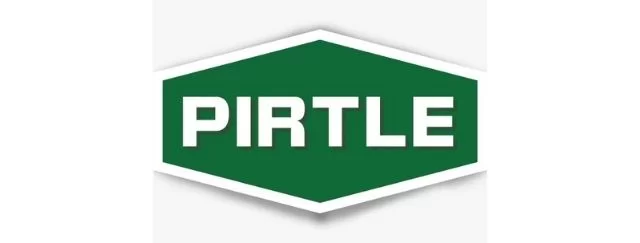



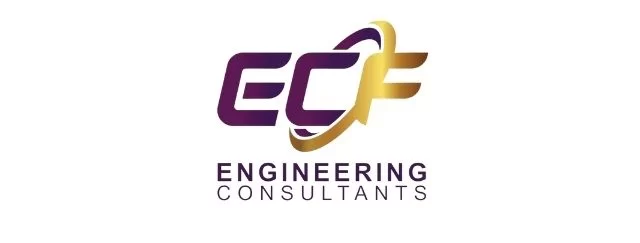



What Our Clients Say?
We take pride in delivering accurate, timely, and reliable estimates that help contractors and builders win more projects. Our clients consistently praise our attention to detail, fast turnaround times, and the positive impact our estimates have on their businesses.
Estimate Florida Consulting has helped us win more bids with their fast and accurate estimates. We trust them for every project!





